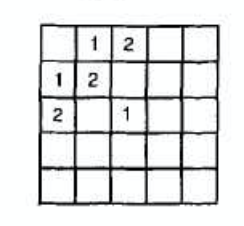No, when it comes to symmetric latin squares it is no longer true that as many as $n-1$ cells can be prescribed unconditionally. This is explained in the Ph.D. thesis of Matthew Henderson.
The key point here is that in a symmetric latin square, precisely because of the symmetry, every symbol $\sigma$ occurs an even number of times in cells outside of the main diagonal. Therefore, as every symbol $\sigma$ occurs $n$ times in total it follows that the number of cells of the main diagonal containing symbol $\sigma$ is congruent to $n$ modulo 2. A partial latin square can be incompletable because there are more symbols which occur on the main diagonal a number of times (zero included) incongruent to $n$ modulo 2 than there are empty cells on the main diagonal.
If this obstruction does not occur the diagonal is called "admissible". For $n$ odd a diagonal is admissible if and only if no symbol occurs more than once on it.
The generalization of Evans theorem to symmetric latin squares by Andersen and Hilton is that the symmetric latin square is completable if the diagonal is admissible and at most $n-1$ cells in total are prescribed.
In response to the comment by Richard Stanley: it is not sufficient to only count cells on or above the main diagonal, as this counter example shows. The diagonal is admissible ($n=5$ is odd and no symbol appears more than once on the diagonal), and the number of prescribed cells on or above the main diagonal is $n-1=4$, and yet the latin square is not completable.

